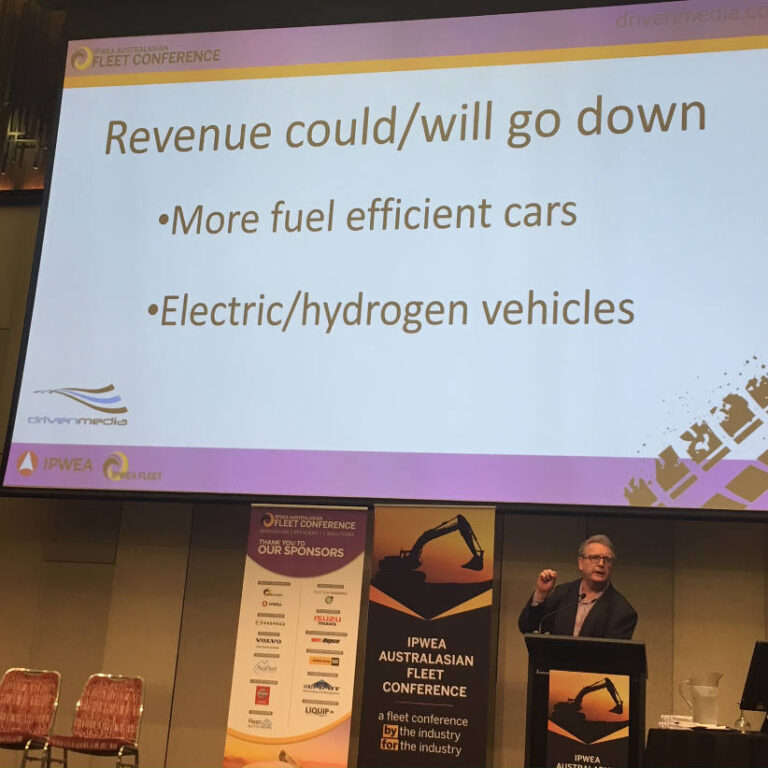– By Caroline Falls –
The IPWEA Australasian Fleet Conference opened last night with a session that looked at the future of the Australian fleet market. It raised questions about the growing impact of transport corridors, government policy, software and safety, and how the influx of new vehicle types including autonomous vehicles are changing the face of the industry.
There’s no doubt that the fleet industry is in the midst of great change and there’s probably no better way to get the conversation among delegates going than to start with a session like this. Some 160 fleet industry participants signed up for the Royal Pines, Gold Cost event this year, the association’s second annual dedicated fleet conference.
David Brown, director of DrivenMedia (and a contributing writer for Fleet Auto News), kicked off the discussion with a presentation about how technology is transforming the industry. His concern is that the fascination of new technology doesn’t override the understanding of how we are using it.
“The big question is how is it helping us?”
He predicts increasing government policy to bring about behaviour change — or road use change — will involve the introduction of more so-called transport corridors that will affect freight fleets in particular. He foresees a time when companies don’t own their own fleets and have moved to a model where they are sharing vehicles and space on freight vehicles. He also sees increasing measurement by vehicles of a range of things, including heavy vehicle driver fitness.
Brown then joined a panel that also comprised Simon Ginn, consulting engineer and urban planner, and Steve Spalding, head of technical and safety policy at RACQ (Royal Automobile Club of Queensland) to look into the crystal ball.
Spalding said he felt governments in Australia were slow to react to new technologies that the vehicle industry was very quickly pushing ahead with. He was positive about the advanced safety features that new technology was bringing to vehicles and argued that these features should be uppermost in fleet vehicle purchasing policy.
“Always pick these technologies that can make vehicles safe,” he said. He noted the flow on effect into the Australian vehicle market, as fleet vehicles are sold into the used-car market to sons and daughters and mums and dads.
Ginn who headlined the opener at last year’s conference talked about the next 25 years of driving as a new horizon where we transition from humans driving vehicles to autonomous vehicles and the conflicts that will be raised in that period. He even envisaged a scenario where human drivers (so smart) work out how to outwit really smart programmed autonomous vehicles.
“You could get a scenario where people will take advantage of programs running automonous vehicles,” Ginn said.






